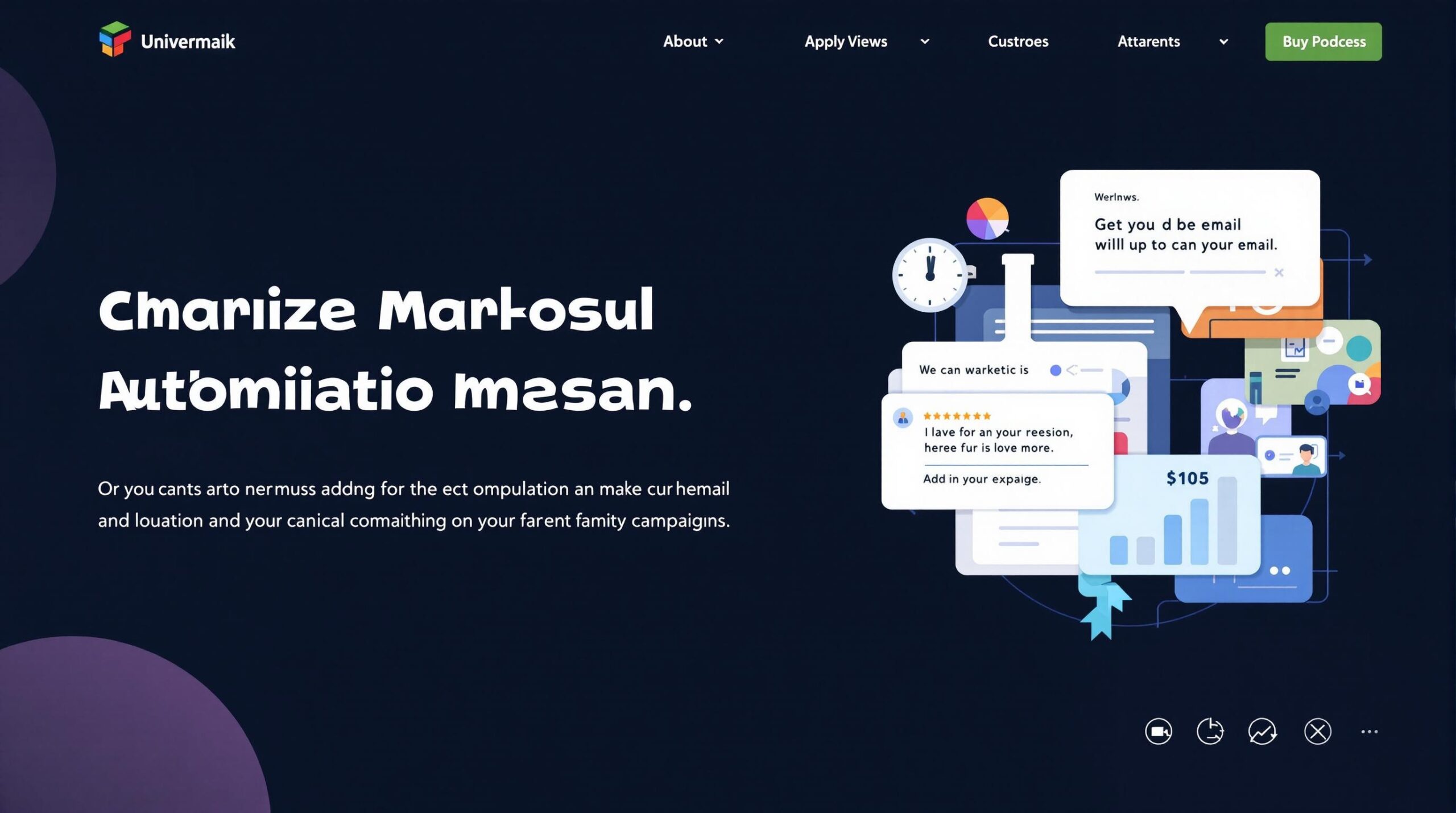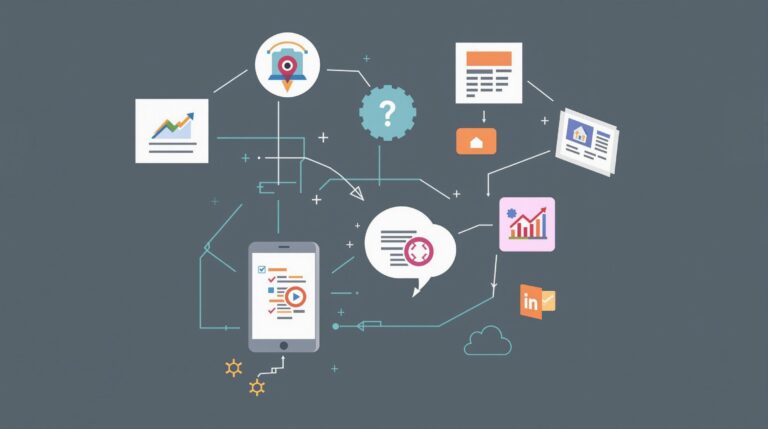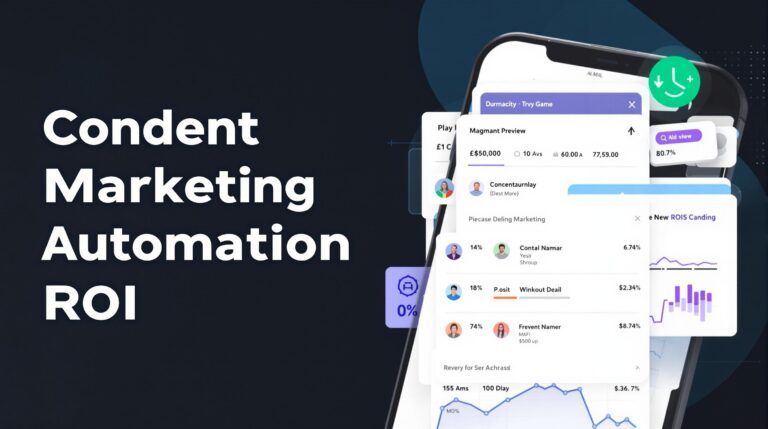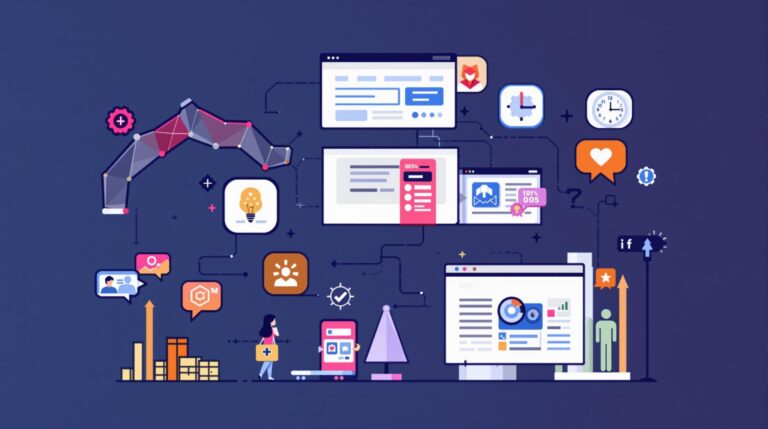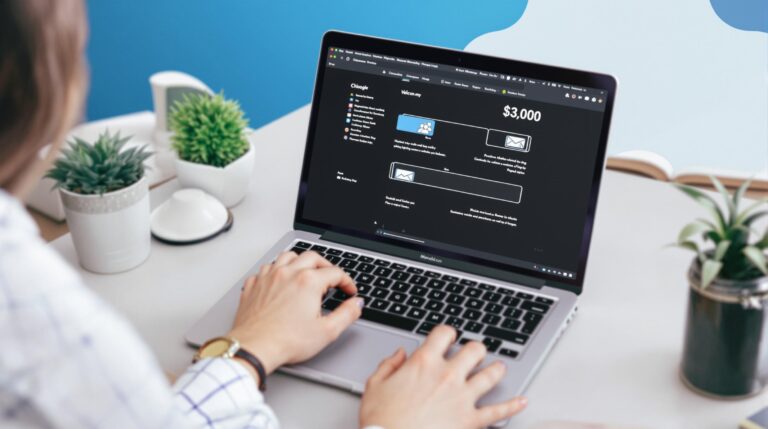How to Set Up an Automated Drip Campaign that Converts
Email marketing remains one of the most powerful channels for generating consistent revenue and nurturing leads through the sales funnel. Setting up an automated drip campaign that delivers the right message at the right time can dramatically increase conversions while reducing the manual workload for marketing teams.
Key Takeaways:
- Email marketing delivers an exceptional ROI of $36-$44 for every dollar spent
- Strategic audience segmentation forms the foundation for conversion success in drip campaigns
- Behavioral triggers outperform time-based triggers, achieving 119% higher click rates than standard campaigns
- The right campaign software selection is crucial for automation success and scalability
- Regular testing and optimization can improve engagement metrics by 26% or more
Why Drip Campaigns Are Worth Your Investment
The business case for implementing automated email sequences has never been stronger. With global email users projected to reach 4.59 billion by 2025 according to The Radicati Group, the channel continues to grow in relevance. More importantly, email marketing consistently delivers an exceptional return on investment—between $36 and $44 for every dollar spent as reported by Market.us in 2024.
This ROI potential is even more pronounced with properly executed drip campaigns. NetHunt CRM reports that strategic drip sequences achieve click rates 119% higher than standard promotional emails. Among all email types, cart abandonment sequences generate the highest revenue per recipient, making them particularly valuable for e-commerce businesses.
The combination of widespread reach, cost-effectiveness, and proven performance makes email marketing automation an essential component of any comprehensive marketing strategy.
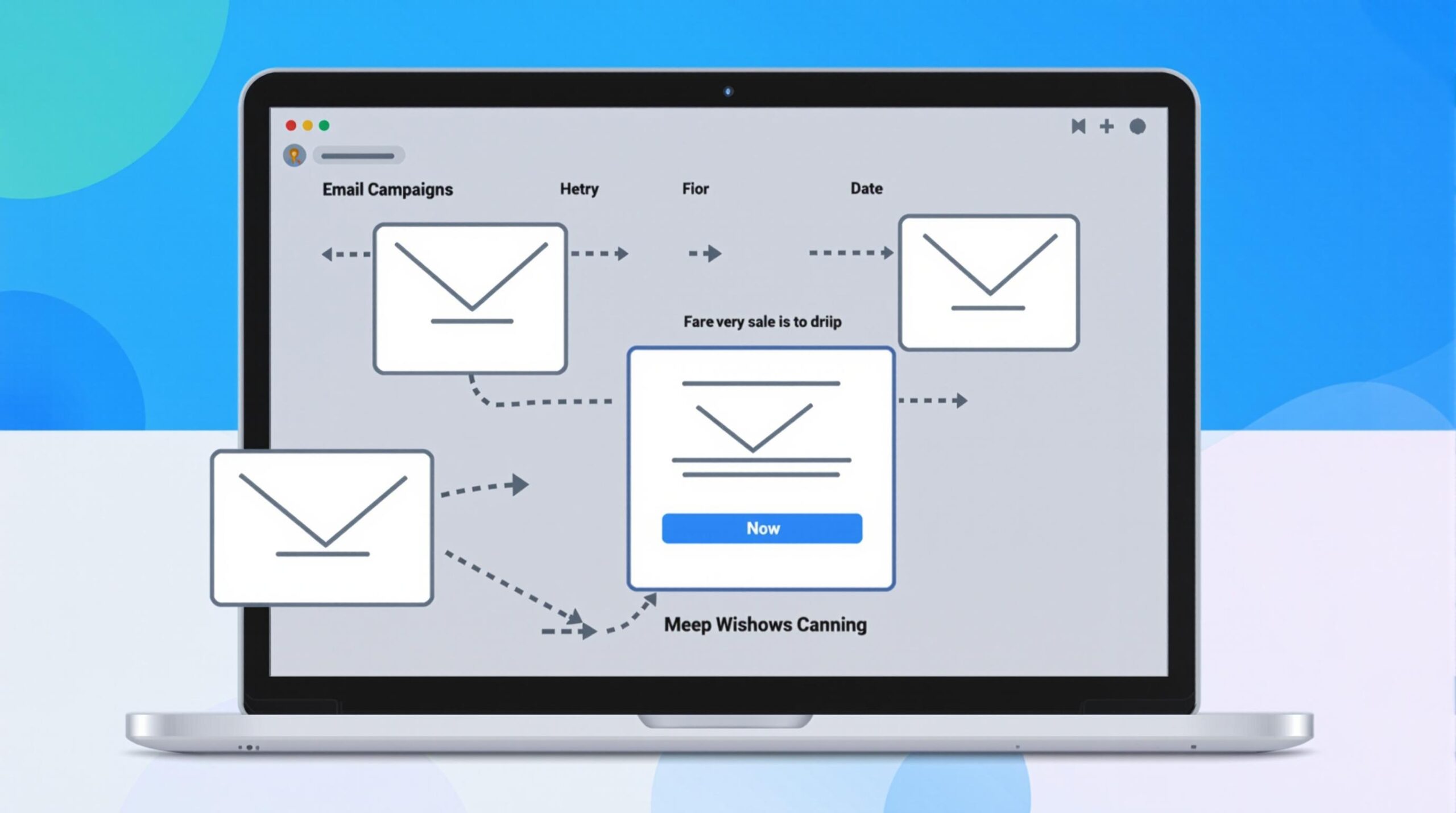
Setting Clear Campaign Goals and Success Metrics
Before building your drip campaign, you need to establish specific, measurable objectives. Vague goals like “improve customer engagement” won’t provide the focus needed for effective campaign design or performance evaluation.
Instead, define concrete targets such as:
- Increase trial-to-paid conversions by 20%
- Reduce cart abandonment rate by 15%
- Boost customer retention by 25%
- Generate 35% more qualified sales opportunities
With goals established, determine the key performance indicators (KPIs) that will track progress. Aim for open rates of at least 20% and click-through rates exceeding 15%, which represent healthy engagement levels according to industry benchmarks. Most importantly, track end-to-end conversion rates to measure the campaign’s business impact.
I recommend mapping the customer journey using flowchart tools like Lucidchart or Miro to visualize different potential paths through your campaign. This step helps identify critical decision points and ensures your automation logic addresses all possible scenarios.
Strategic Audience Segmentation: The Foundation of Conversion
The difference between average and exceptional drip campaigns often comes down to how effectively you segment your audience. Generic, one-size-fits-all messaging simply doesn’t convert at the same rate as personalized content tailored to specific user characteristics.
Create segments based on:
- Demographics: Job title, industry, company size
- Behavior: Website visits, content downloads, product usage
- Purchase history: Previous orders, average order value, buying frequency
This approach allows for highly targeted messaging. For instance, when marketing a SaaS platform, CFOs might receive case studies highlighting cost savings, while CTOs get technical demonstrations of implementation ease and security features.
Most modern email marketing platforms like ActiveCampaign automatically handle segmentation based on your defined criteria, making this process scalable even for large subscriber bases.
Designing Trigger-Based Automation That Works
The triggers that initiate your drip sequences significantly impact campaign effectiveness. With Apple’s privacy changes limiting the reliability of open tracking, prioritize behavioral triggers such as link clicks, form submissions, and page visits over email opens whenever possible.
Effective trigger types include:
- Behavioral triggers: When users perform specific actions (visit pricing page, download content)
- Time-based triggers: Activated after specific intervals (24 hours post-signup, 3 days since last login)
- Hybrid triggers: Combinations that account for both time and behavior
Implement exit conditions that automatically remove users when they convert or unsubscribe to maintain list hygiene. Create logic-based workflows that adapt based on recipient actions—for instance, skipping introductory product emails if a user has already completed product training.
This intelligent approach to content automation strategy ensures recipients receive relevant information without overwhelming them with unnecessary messages.
Crafting Conversion-Focused Email Sequences
Different campaign objectives require tailored email sequences to achieve maximum conversion. Here are proven sequence structures for common marketing goals:
Welcome Series (3-5 emails over 10 days):
- Email 1: Welcome confirmation with immediate value
- Email 2: Core feature demonstration with quick wins
- Email 3: Social proof and success stories
- Email 4: Address common obstacles and solutions
- Email 5: Clear call-to-action to next step (trial, purchase, demo)
Upsell Campaigns: Trigger these after users have actively engaged with core features for at least 7 days, when they’ve experienced enough value to consider premium options.
Re-engagement Campaigns: Target subscribers inactive for 30-90 days with exclusive offers or new content that reignites interest.
Across all sequence types, prioritize a value-first approach by providing educational resources, tutorials, or templates before making strong sales pitches. Incorporate social proof elements like customer testimonials, case studies, and credibility indicators to build trust throughout the sequence.
Choosing the Right Drip Campaign Software (2025)
Selecting the appropriate automation platform for your needs significantly impacts implementation ease and campaign success. Here are top options for 2025:
ActiveCampaign ($15-$145/month): Ideal for businesses seeking advanced functionality with its visual automation builder, sophisticated lead scoring, and cross-channel workflow capabilities. The platform excels at complex segmentation and behavioral tracking.
Brevo (Free tier for 300 emails/day, paid from $9/month): Perfect for small businesses and startups with its generous free tier, multichannel automation options, and extensive template library. The intuitive interface makes it accessible for marketing teams with limited technical resources.
Instantly.ai: Specialized for cold outreach sequences with AI-driven personalization that adapts messaging based on recipient engagement patterns. This platform is particularly valuable for B2B companies with longer sales cycles.
When evaluating options, prioritize visual workflow builders, integration capabilities with your existing tech stack, and comprehensive reporting features that align with your defined KPIs.
Testing and Optimization Strategies
Even well-designed drip campaigns require ongoing optimization to reach their full potential. Implement systematic A/B testing of key variables including:
- Subject lines (test length, personalization, urgency elements)
- CTA placement and design (buttons vs. text links, positioning)
- Email cadence (frequency and timing between messages)
- Content length and format (short vs. detailed, text-heavy vs. visual)
Leverage personalization through dynamic fields that automatically insert relevant information like first name, company details, or recent interactions. This approach can boost engagement by 26% according to multiple studies.
Maintain brand voice consistency and predictable sending intervals to build subscriber trust and set appropriate expectations. Both ActiveCampaign and Brevo offer workflow-level A/B testing capabilities that automatically implement winning variations based on performance data.
With content automation tools, you can scale these optimization efforts across multiple campaigns simultaneously.
Measuring Success and Iterative Improvement
Effective measurement goes beyond basic open and click rates to assess true business impact. Track end-to-end conversion rates that follow the user journey from email interaction through to final conversion action (purchase, signup, etc.).
Compare your campaign metrics against industry benchmarks:
- Open rates ≥20% indicate strong subject line performance
- Click-through rates >15% suggest compelling content and offers
- Conversion rates vary by industry but should show improvement over time
Analyze customer feedback and engagement patterns to identify potential improvements in content strategy or sequence logic. Pay particular attention to dropout points where users disengage from the sequence.
Run regular A/B tests on underperforming campaign elements, implementing data-backed improvements in quarterly update cycles. This methodical approach to improvement ensures your drip campaigns continue to deliver increasing returns over time.
Sources
instantly.ai – Drip Marketing Automation
benchmarkemail.com – Drip Campaign Conversions
dash.app – Email Marketing Statistics
clevertap.com – Drip Marketing
instantly.ai – Drip Email Campaign Software
nethunt.com – How to Measure Drip Campaign Results

